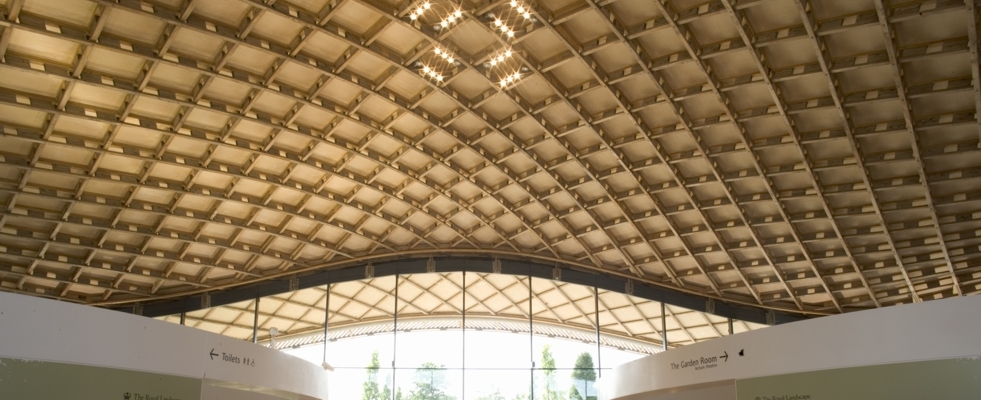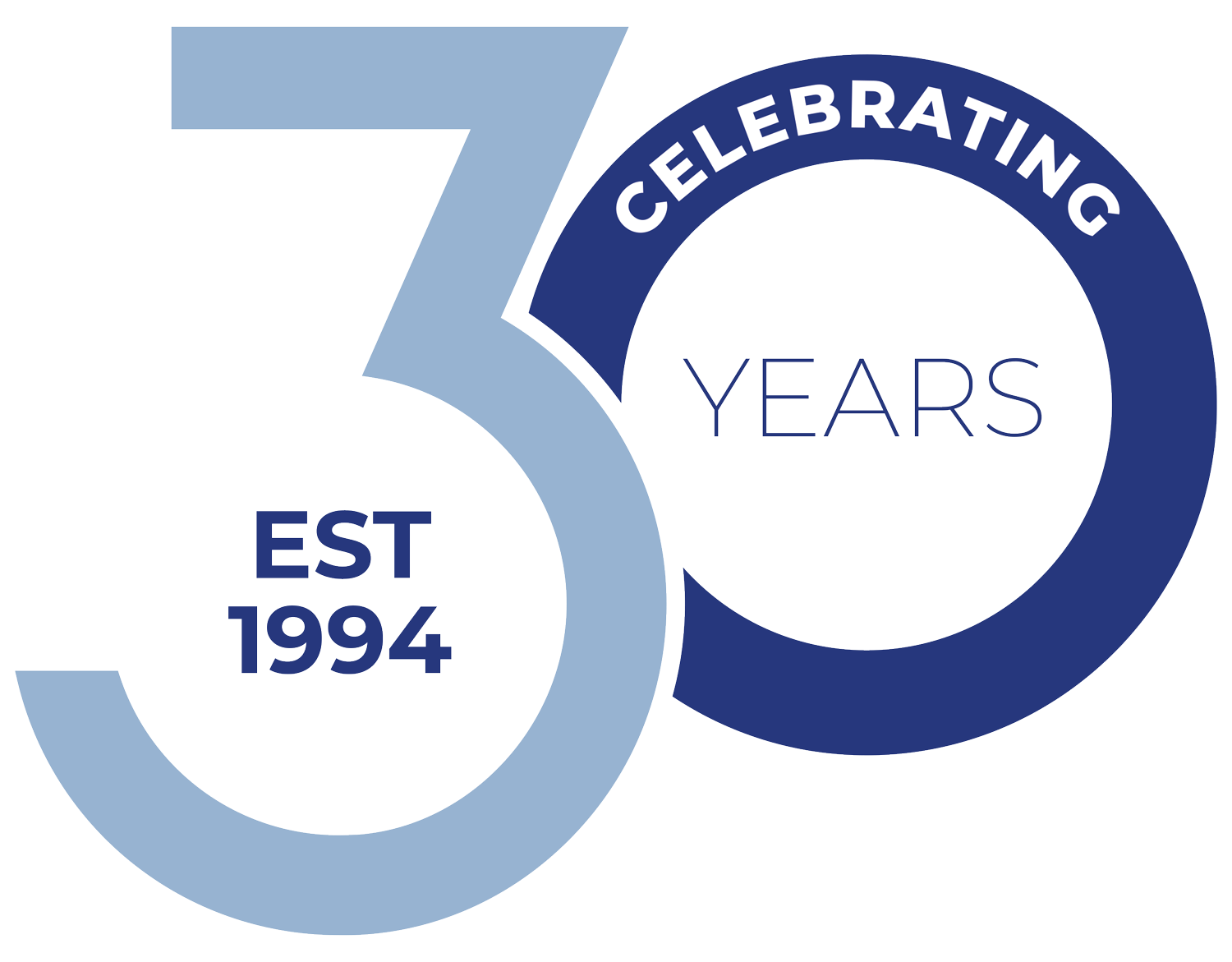In this second part of our series, I’m talking to John Staves, Chartered Structural Engineer and Managing Director at Michael Aubrey Partnership, about the benefits of working with BIM.
What Would You Say To An Architect or Contractor Who Currently Doesn’t Use BIM At All?
What are you waiting for?
BIM has given us such a better product. If I look back to before we started using BIM, and to where we have taken our product to now, which is effectively a quality design, the quality of information we are producing is far, far better with less cost.
Where we have worked with Design and Build Contractors, they are getting the benefit of delivering on time or early. They are delivering within their cost plan i.e making their margin on the job, in fact they are probably gaining, as they are handing over with zero defects which means that they have no comeback which improves their margin because they are not putting their time into call backs on jobs, mending defects.
Architects – BIM allows a better quality design to hit site, one that is better thought out, so everything works. Where an architect’s traditional role would be to coordinate the design, so that all the design team members and the design as a whole that gets built, it’s now fully coordinated so we don’t get services clashing with walls, beams and structure.
BIM definitely facilitates better coordination. That’s just scratching the surface for what BIM can do for a project.
What Do You Think Is The Biggest Myth About Structural Engineers?
That they are too precise, don’t produce practical designs, everything is belt and braces and costs the Client money. Clients often seem to think that rather than adding value, we cost them money.
I’m biased I know, but in reality, good structural engineering design will actually save you money. A well thought out design will save you money on site because things are well thought through, buildable and practical.
Not necessarily smaller member sizes, it’s a myth that the cheapest overall building is one where you have designed everything down to the absolute minimum; in actual fact it can be cheaper if you standardise and used the same component throughout. The simplicity that members are all the same, keep things simple, this will keep your costs down.
What’s Your Favourite Building Structure?
I tend to like structures which use materials to their best advantage, all the normal materials, whether its timber, concrete, steel, masonry, they’ve all got advantages in different situations.
So steel is good in tension, for example, “Embankment Place”, where the building is over a railway station (Charing Cross) in London. That building was built where the columns, the vertical steel members, were adequate to carry the loads during construction as the building was built upwards, but they are then used as hangers in the permanent solution, where they hang the load from the major structure at the top of the building, so they are actually working in tension, rather than columns which are inefficient pieces of steel.
Another favourite type of structure is the “grid shell roofs”; for example Saville Gardens.

A great example of fairly sophisticated engineering being applied to a very traditional material, gives a great aesthetic as well as the structure being efficient.
If You Weren’t A Structural Engineer What Would You Be Doing?
I think by now I’d be in a commercial role, I didn’t enjoy corporate life when I worked for larger businesses because of all the politics, I just like to get the job done.
What’s The Best Thing A Client Has Ever Said To You?
When a Client gets what they want. When their project is there and they are getting to use it how they want to. It’s rewarding for me when a Client says “thank you” and really means it.
So, BIM: What Are You Waiting For? What’s the one reason that’s stopping you from adopting BIM on your next project?




It’s a no-brainer isn’t it? This sums it up for me:
“They are delivering within their cost plan i.e making their margin on the job, in fact they are probably gaining, as they are handing over with zero defects which means that they have no comeback which improves their margin because they are not putting their time into call backs on jobs, mending defects.”
Why wouldn’t you?